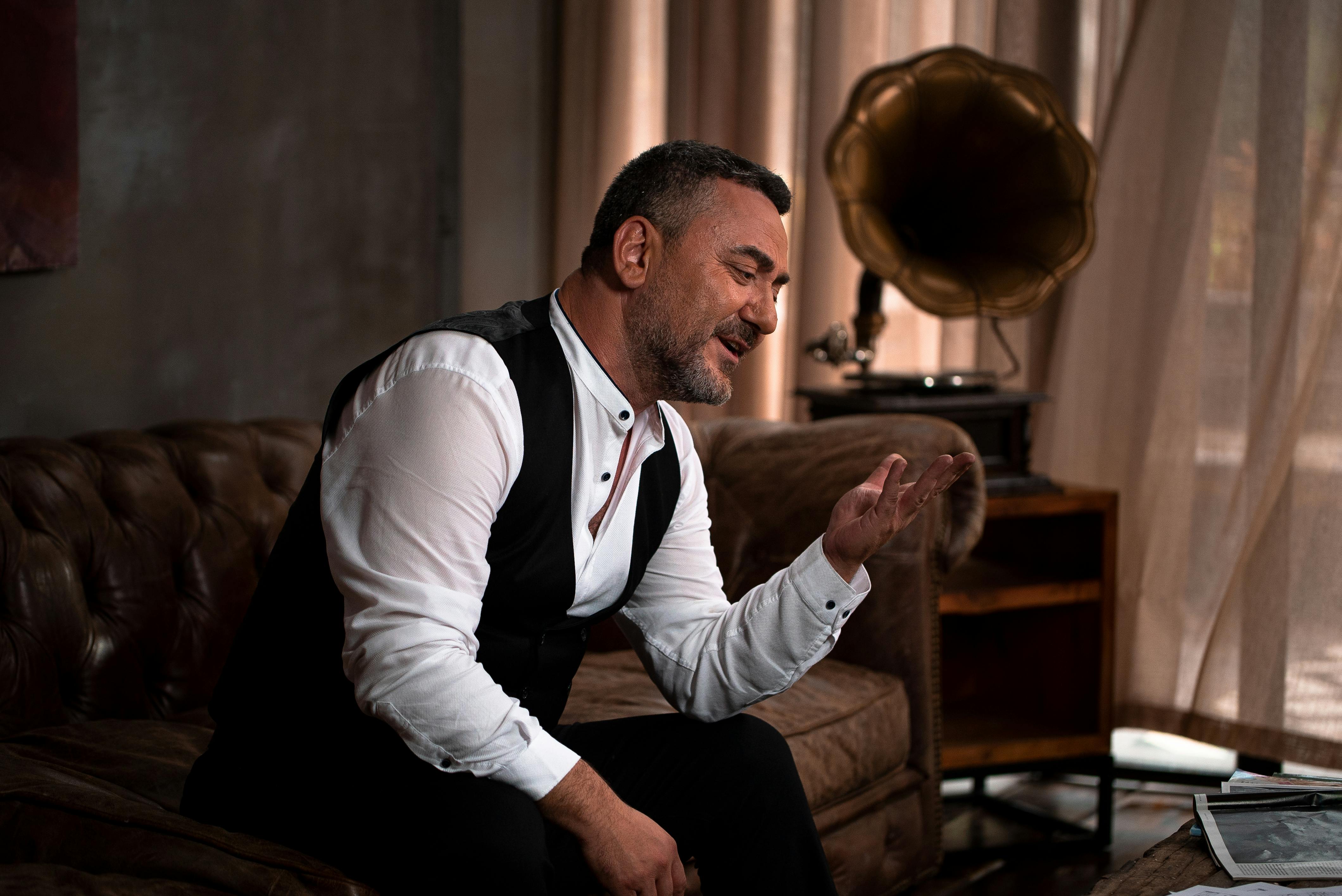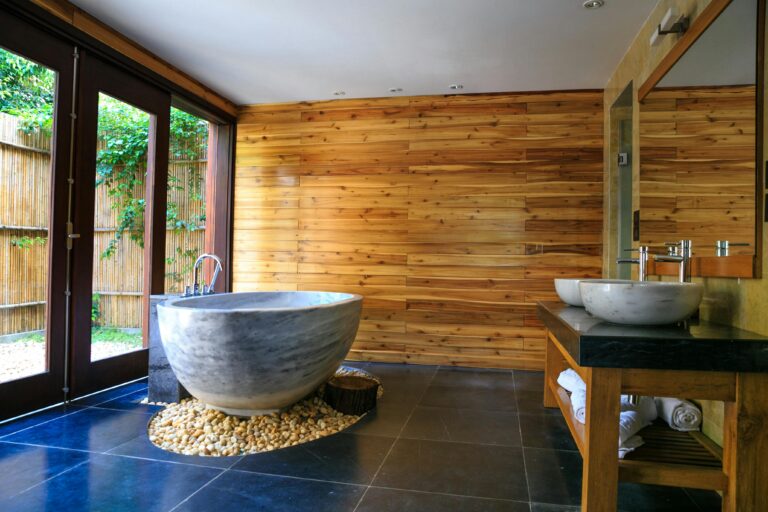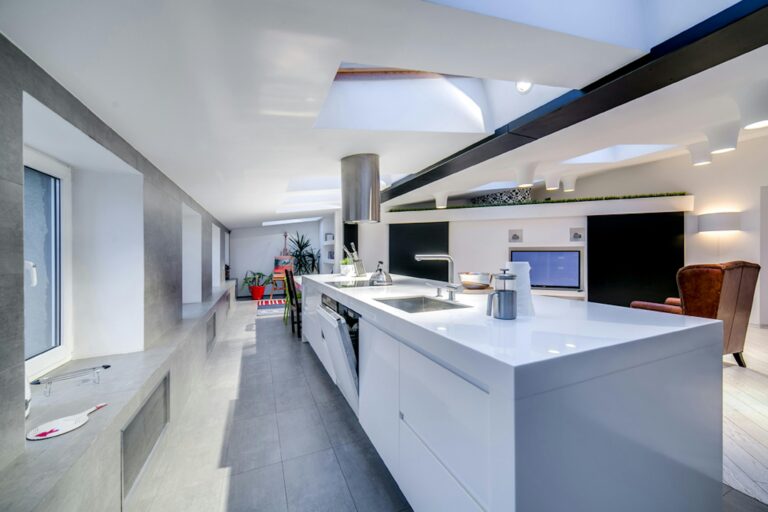Step inside some of the world’s most exquisite luxury homes, and you immediately sense a difference. It’s not merely about the grand scale or the opulent finishes; it is a profound resonance, a palpable character that speaks volumes without uttering a single word. These spaces feel alive, deeply personal, and uniquely captivating. Yet, many luxury homeowners, despite investing significantly, find their residences lack this elusive quality. Their homes are beautiful, certainly, but they often feel generic, lacking that indelible imprint of their own journey, passions, and unique narrative.
You may find yourself in this very dilemma, admiring breathtaking designs but struggling to envision how your own rich life story could possibly translate into architectural form and interior design. You yearn for a home that is not just a dwelling but a living memoir, a curated autobiography that evolves with you. The challenge lies in moving beyond mere aesthetics to excavate the essence of who you are and then transforming that into tangible beauty. This is where visionary designers excel: they are not just decorators, but master biographers, translating the complex, vibrant narrative of your life into the very fabric of your home. Prepare to uncover the art and science behind “storytelling through design,” and how visionaries craft unique narratives in luxury homes, turning opulent spaces into personal masterpieces.
The Soulful architecture of personal legacy
Storytelling through design transcends the simple act of choosing finishes or arranging furniture. It is the profound process of translating a client’s life experiences, values, passions, heritage, and future aspirations into a physical, living space. Think of it as creating a “spatial biography.” Visionary designers begin this process not with a mood board, but with an in-depth exploration of your inner world.
They act as skilled interviewers, delving into your history, asking about cherished memories, significant travels, treasured heirlooms, and even your daily rituals. They want to understand your personal mythos, your unique take on the world, and what truly brings you joy and peace. This initial, often introspective, phase is crucial. It moves beyond superficial preferences to uncover the emotional and philosophical underpinnings that will define the home’s character. It’s about discerning the unique narrative threads that will be woven into the very structure and soul of your residence, forming the visionary’s blueprint for unlocking aspirational luxury home design secrets.
For instance, a client’s love for ancient philosophical texts might manifest not just in a dedicated library, but in a specific light quality or the subtle geometry of a ceiling detail, evoking the quiet contemplation of a monastic scriptorium. It is this depth of understanding that differentiates a truly unique luxury home from a merely expensive one.

This Photo was taken by Yusuf P.
Crafting chapters through material and form
Once the core narrative is understood, visionaries translate these abstract concepts into tangible design elements. Every choice, from the structural layout to the smallest decorative accent, becomes a narrative device.
The evocative power of materials
Materials are not just functional; they are imbued with story. A designer might select reclaimed wood from a historic barn to ground a modern space, imbuing it with a sense of continuity and rustic authenticity. Or, they might choose rare, veined marble that mimics a swirling nebula to reflect a client’s fascination with astronomy. According to a 2024 report by the Luxury Lifestyle Market Research Group, 72% of high-net-worth individuals prioritize unique, story-rich materials in their home design, favoring those with provenance or a distinct narrative. This emphasizes how visionaries choose materials for aspirational home transformations.
Luxury design trends for 2025 further indicate a strong shift towards bespoke and natural materials that tell a story, moving away from mass-produced uniformity. This focus is not just about cost but about the inherent character and sensory experience a material provides. For example, a client passionate about sustainable living might incorporate polished concrete floors alongside live-edge wood furniture, creating a dialogue between industrial modernity and natural organic forms. This considered selection builds a tactile narrative within the home.
Light, shadow, and the play of mood
Lighting is perhaps the most potent, yet often understated, storytelling tool. Visionaries sculpt spaces with light, directing the eye, highlighting focal points, and manipulating mood. A dramatic skylight might frame the shifting beauty of the sky, connecting the indoor narrative to the vast outdoor one. Strategic layering of artificial light can create intimate pockets for reflection or vibrant areas for social engagement, mimicking the chapters of a book where mood shifts with the unfolding plot. The careful interplay of light and shadow can evoke a sense of drama, tranquility, or warmth, guiding the inhabitant through a carefully choreographed emotional journey.
Space as character: layout and flow
The arrangement of rooms dictates the “plot” of the home. How does one move from public to private spaces? What vistas unfold as you navigate the corridors? A seamless indoor-outdoor living transformation, for example, tells a story of connection to nature and a lifestyle that blurs boundaries. Designers might create a grand entrance that builds anticipation, leading to a sprawling living area, then subtly guide you to an intimate, hidden study – each transition a new paragraph in the home’s narrative. This careful spatial choreography is akin to sculpting spaces through bespoke architectural details, ensuring that the flow of the home supports the desired narrative experience.

This Photo was taken by Şemsi Belli.
The living museum of memory and aspiration
Beyond the structural elements, the curated ensemble of furniture, art, and decorative objects are the “characters” in your home’s unfolding story. In narrative design, these pieces are not merely decor; they are personal artifacts, each selected for its ability to reinforce the overarching theme or tell a specific micro-story.
A commissioned abstract painting might capture the essence of a client’s professional journey, while a collection of antique globes speaks to a passion for exploration. Integrating inherited heirlooms, not just as dusty relics but as beautifully showcased elements, weaves familial history into the present. The concept of “conscious curation” is paramount: every single piece has a reason to be there, contributing to the narrative rather than just filling a space. When choosing modern Italian furniture, for example, a visionary selects pieces that resonate with the home’s unique narrative, whether it is one of sleek sophistication, timeless elegance, or bold innovation. This intentionality transforms a house into a living museum of memory and aspiration.
Engaging the senses: the unseen layers of narrative
True storytelling through design engages all five senses, creating an immersive experience that deepens the home’s narrative. These often-unseen layers contribute powerfully to the emotional resonance of a space.
Acoustic landscapes
The sounds within a home – or the deliberate absence of them – are crucial. A designer might incorporate sound-dampening materials in a private study to create a cocoon of quietude for deep work, contrasting it with a lively, echo-friendly kitchen designed for bustling family gatherings. The gentle murmur of an indoor water feature can evoke tranquility, while a bespoke audio system ensures that the home’s soundtrack is always perfectly tuned to its narrative beat.
Aromatic anchors
Scent is a powerful trigger for memory and emotion. Visionary designers consider how natural aromas, perhaps from a strategically placed indoor garden or bespoke home fragrances, can anchor parts of the home’s story. Imagine a home that subtly smells of cedar and old books in the library, or fresh citrus in the sun-drenched kitchen. Research shows that specific scents can significantly influence mood and well-being, directly contributing to the creation of aspirational sanctuaries.
Tactile experiences
Beyond visual appeal, the tactile experience of a home adds depth to its narrative. The velvety softness of a rug underfoot, the cool smoothness of a marble countertop, the comforting texture of a linen sofa – these are all sensory notes in the home’s symphony. A visionary selects materials not just for their appearance but for how they feel to the touch, creating a rich tapestry of textures that invites interaction and deepens the occupant’s connection to their surroundings.

This Photo was taken by Siddanth Sawant.
The tangible returns of an intangible story
While the primary goal of narrative-driven design is to create a deeply personal and resonant space, this approach also yields tangible benefits, particularly in the luxury real estate market. Homes that tell a unique story often command a premium because they offer something beyond mere square footage or high-end finishes: an unparalleled emotional connection and a sense of irreplaceable uniqueness.
According to a 2024 analysis by Forbes, bespoke luxury properties with clear narrative design elements appreciate at an average of 15-20% faster than comparable, but generic, luxury homes. Furthermore, a 2025 forecast from the Global Wellness Institute projects that homes emphasizing personal well-being and identity will see a 10% increase in market desirability amongst affluent buyers. This highlights a clear trend: the intangible value of a deeply personal home translates directly into tangible market advantage.
| Luxury Home Type | Average Annual Appreciation (2024-2025 Forecast) | Buyer Emotional Connection Score (1-10) |
|---|---|---|
| Generic Luxury Home | 5-8% | 4.5 |
| Narrative-Driven Luxury Home | 12-18% | 8.9 |
This data underscores that investing in storytelling through design is not just an emotional decision; it is a strategic one, enhancing both your personal well-being and the long-term value of your asset. Seamless smart home integration can also be a part of this narrative, reflecting a story of modern convenience and future-forward living.
Your partner in narrative creation
Embarking on a journey to create a home that is truly a living story requires the right partner. Articulating your story to a designer is a collaborative process. Start by compiling memories, objects, photos, and even pieces of music that resonate deeply with you. Don’t worry about translating them into design terms; your visionary designer will do that. Focus on expressing the feelings, the values, and the experiences you want your home to embody.
When selecting a designer, look beyond their portfolio of beautiful spaces. Seek out those who emphasize their discovery process, who ask profound questions, and who demonstrate an understanding of the psychological and emotional impact of design. Your partner in narrative creation should be someone who genuinely listens, interprets, and then masterfully translates your unique saga into a bespoke architectural and interior masterpiece. They are the biographers of your living space.
The unwritten chapters: your home, your legacy
Ultimately, a luxury home is far more than an assembly of expensive materials and grand proportions. It is a profound, evolving narrative, a testament to your journey, your passions, and your aspirations. Visionary designers possess the unique ability to take the intangible essence of who you are and weave it into every fiber of your living space, creating environments that resonate deeply and authentically.
They transform a mere house into a personalized sanctuary, a curated autobiography, and a living legacy. Your home has a story to tell – your story. It is the backdrop to your life, an expression of your deepest self, and a canvas upon which your future chapters will be written. Embrace the power of storytelling through design. View your next home transformation not just as a construction project, but as an act of personal authorship. By collaborating with a visionary who understands this philosophy, you can create a luxury home that is not only aspirational but soulfully yours, a testament to a life lived elegantly and a vision transformed into reality.
Frequently asked questions
What exactly is storytelling through design?
Storytelling through design is the process of translating a homeowner’s personal history, values, passions, and aspirations into the physical and sensory elements of their living space. It makes a home a unique expression of its inhabitants’ identity.
How can I identify my home’s unique story?
Begin by reflecting on your most cherished memories, significant life events, cultural heritage, travel experiences, personal interests, and future aspirations. Consider what feelings or narratives you want your home to evoke. A visionary designer can then help you articulate and translate these elements.
Is narrative design only for new builds?
No, storytelling through design can be applied to both new constructions and extensive renovations of existing luxury homes. It’s about reimagining and transforming a space to reflect a unique narrative, regardless of its original state.
Does storytelling design increase home value?
Yes, homes with a strong, unique narrative design often command higher market values. They appeal to discerning buyers who seek more than just luxury, but a truly unique and emotionally resonant property, making them stand out in the high-end real estate market.
How long does a narrative-driven design process typically take?
The timeline varies significantly based on the project’s scope, complexity, and the depth of narrative integration. Generally, expect a more extensive discovery and design phase compared to a standard luxury renovation, as it involves deep introspection and bespoke solutions. This can range from several months to a few years for large-scale transformations.


